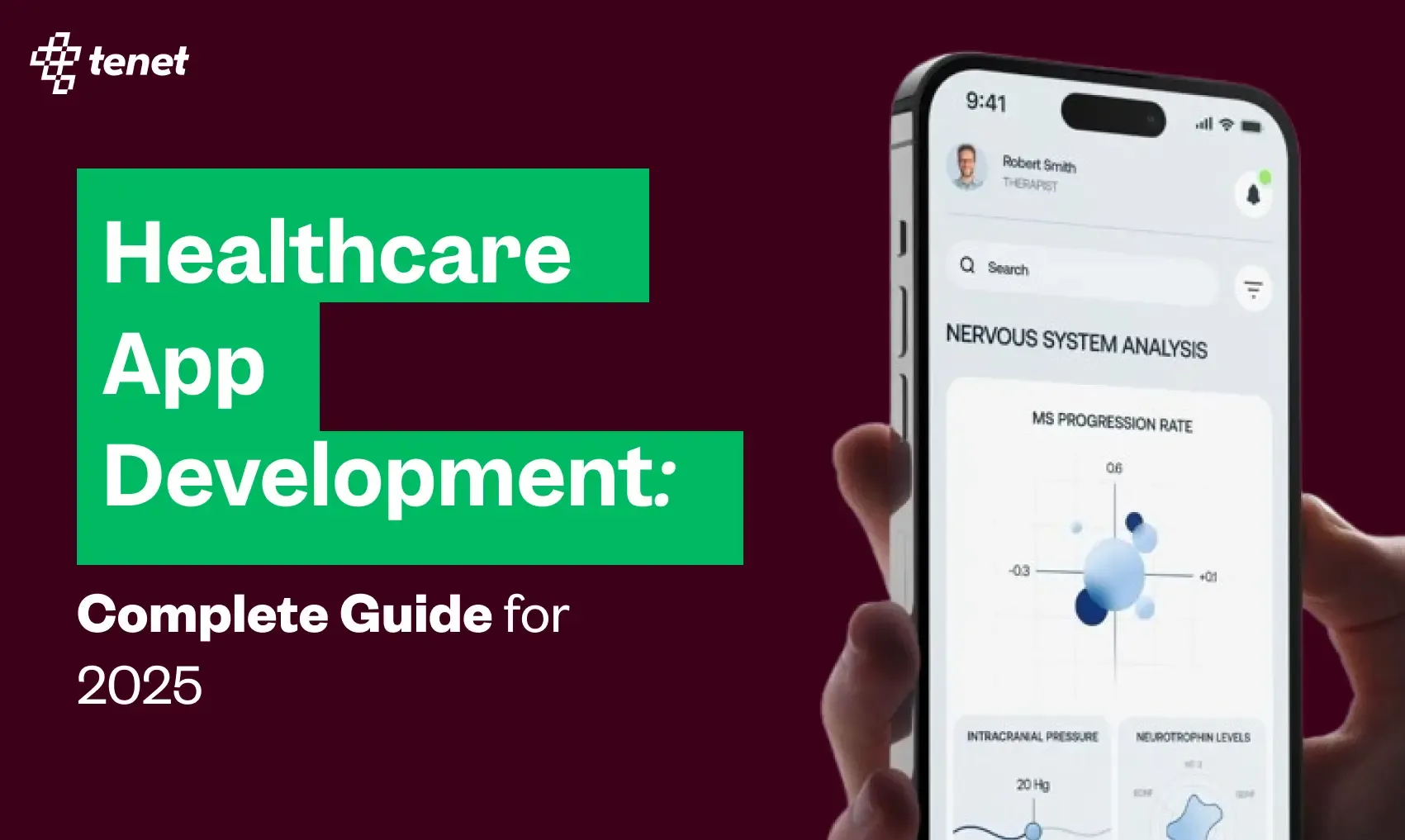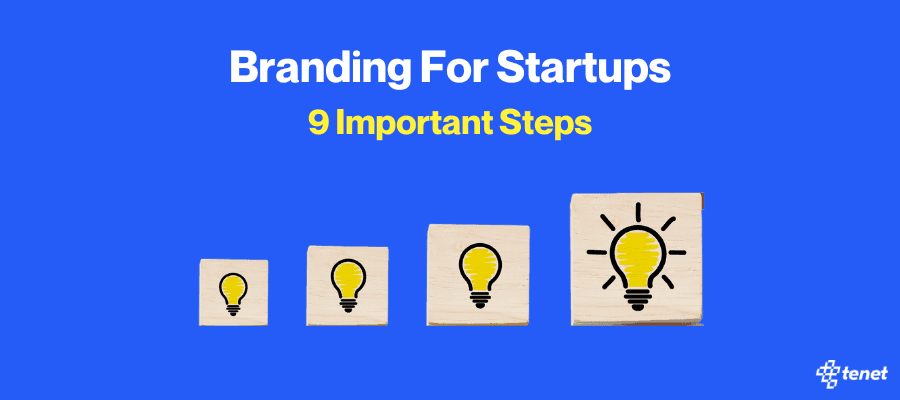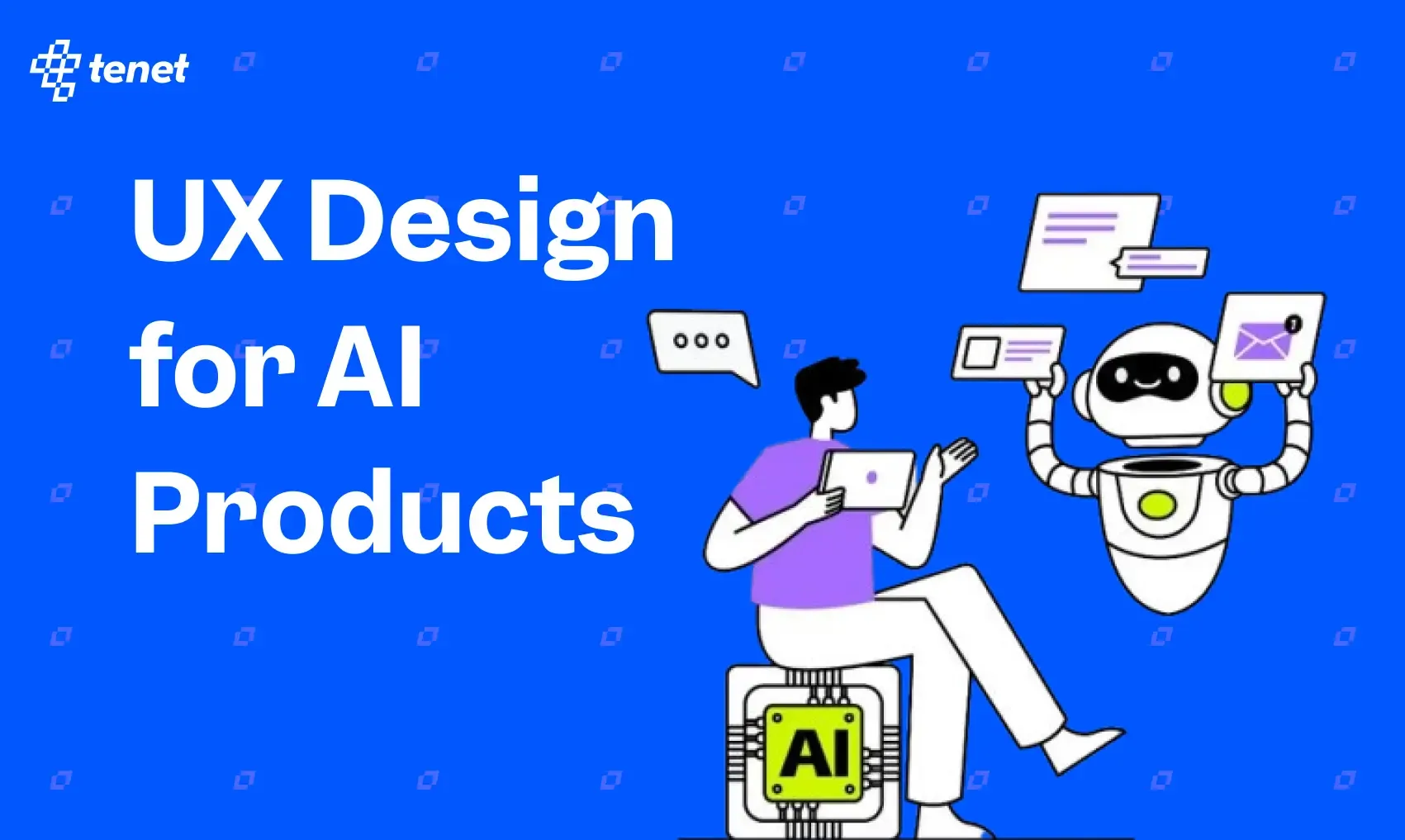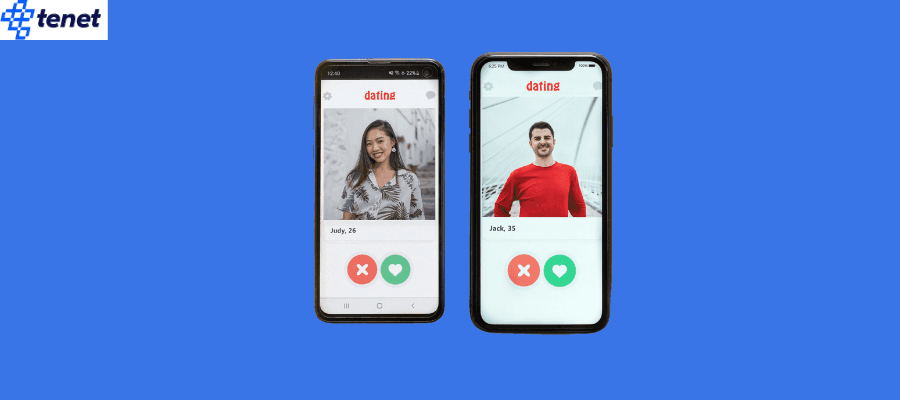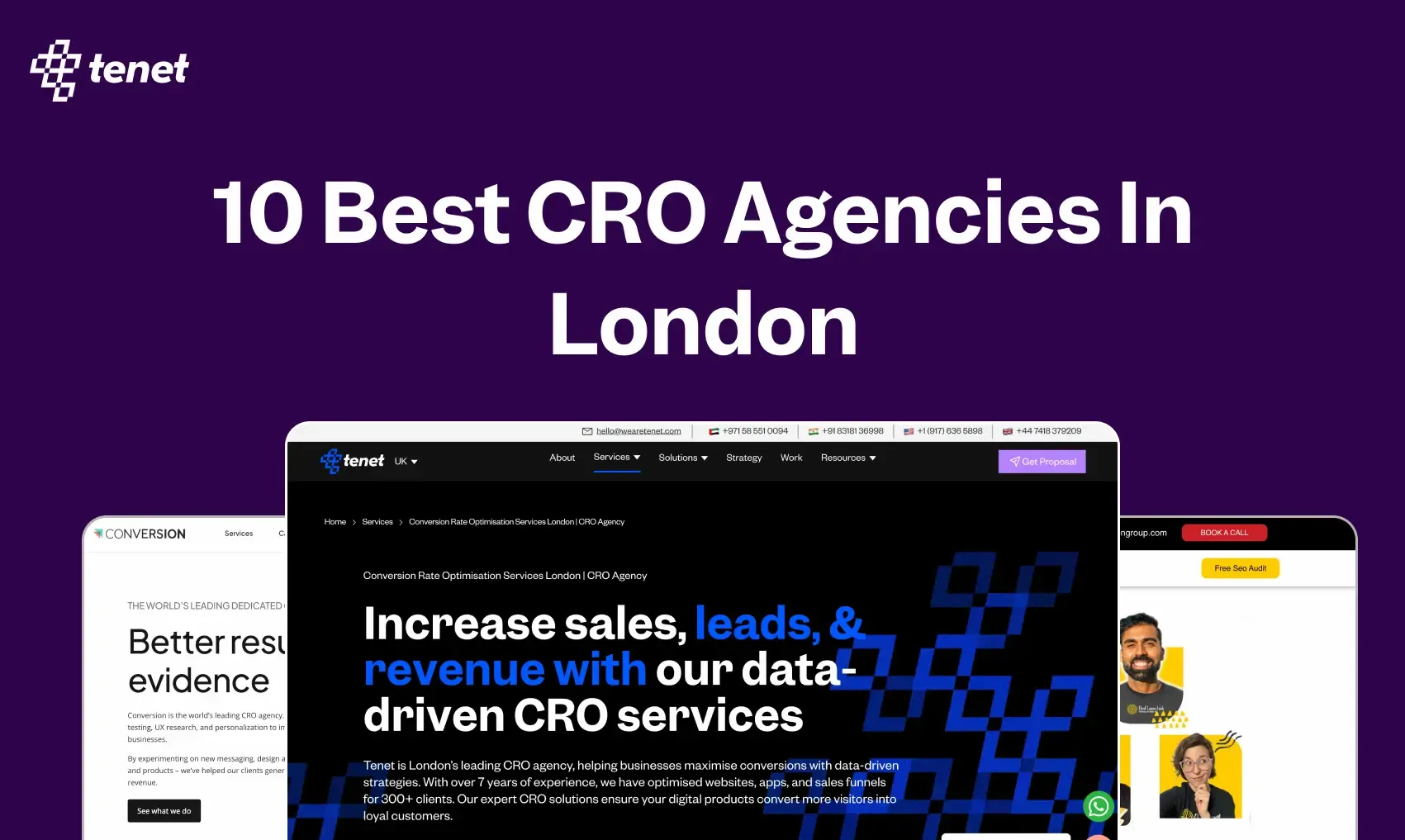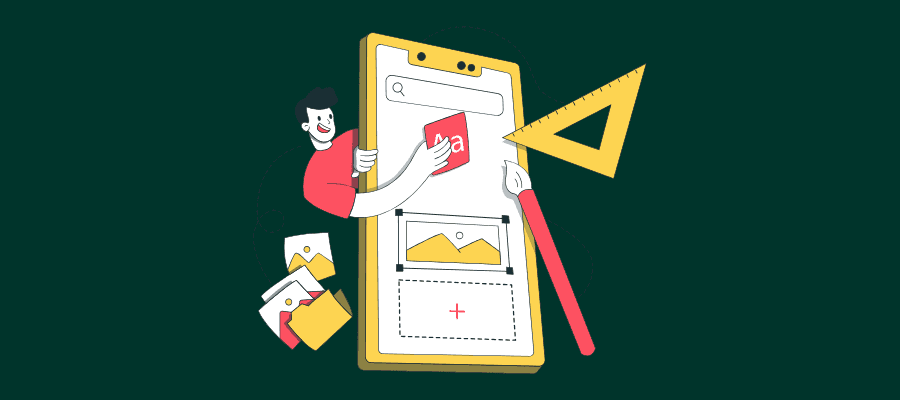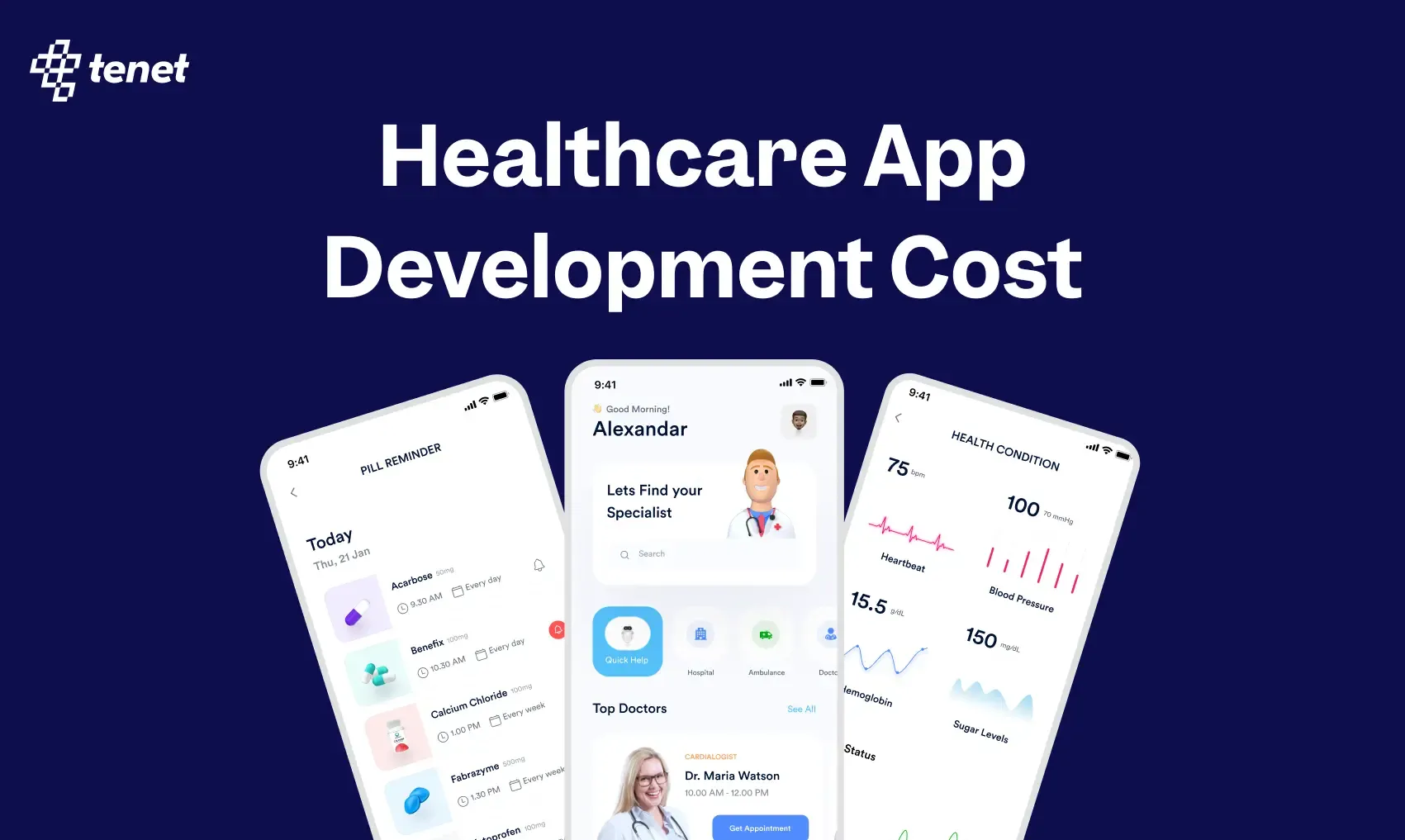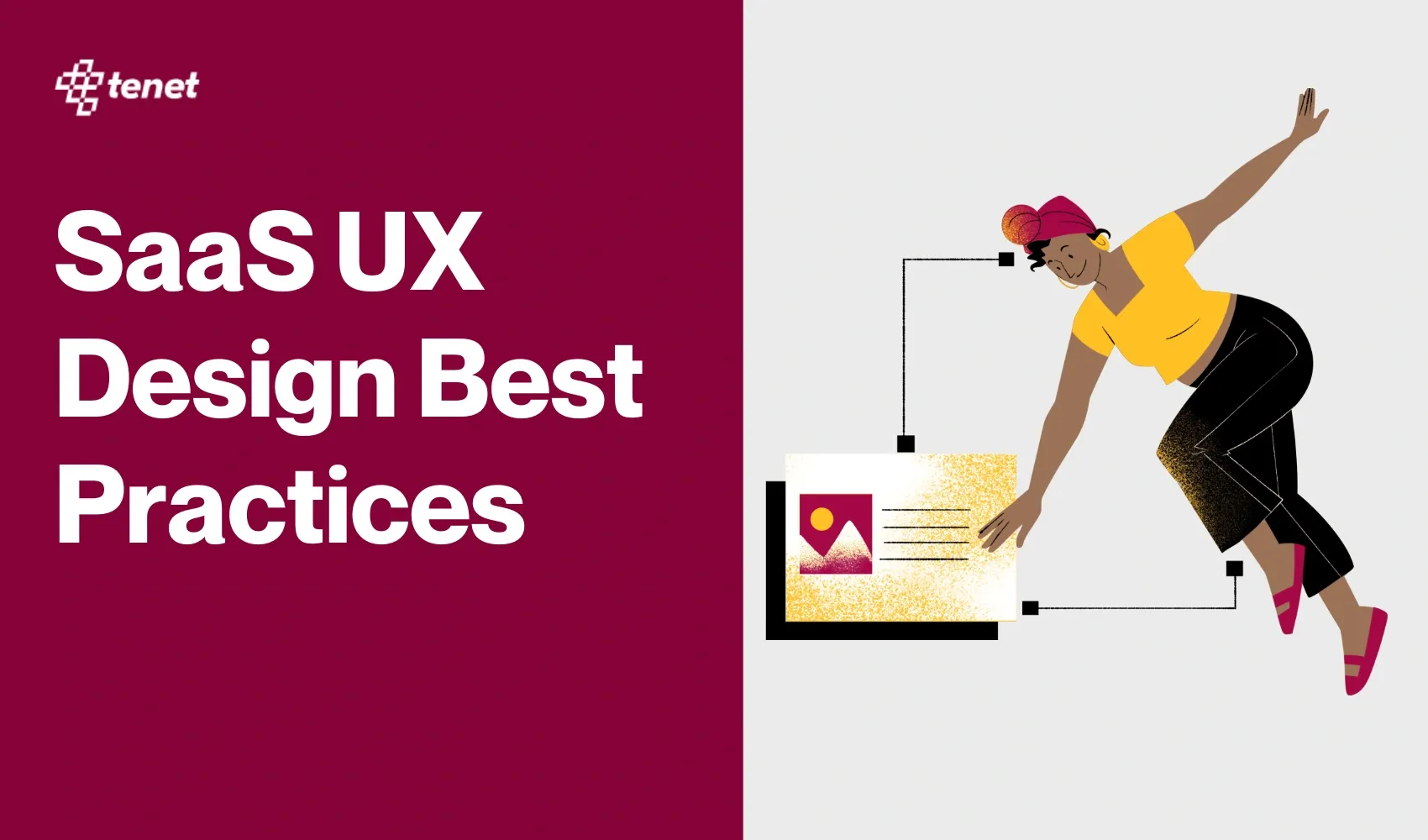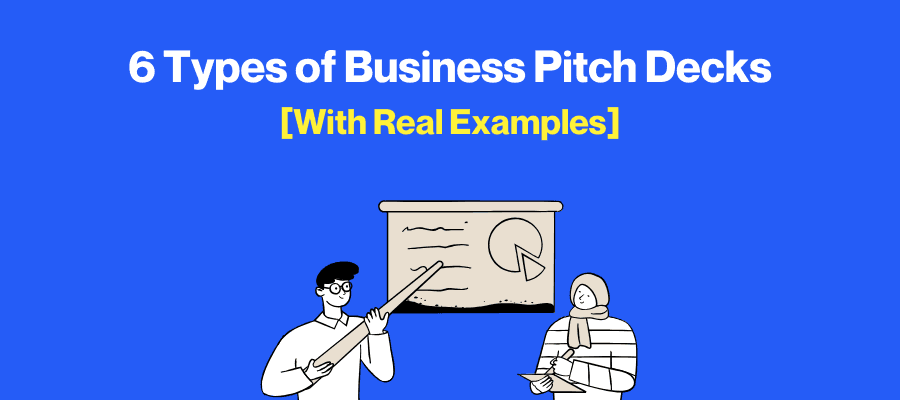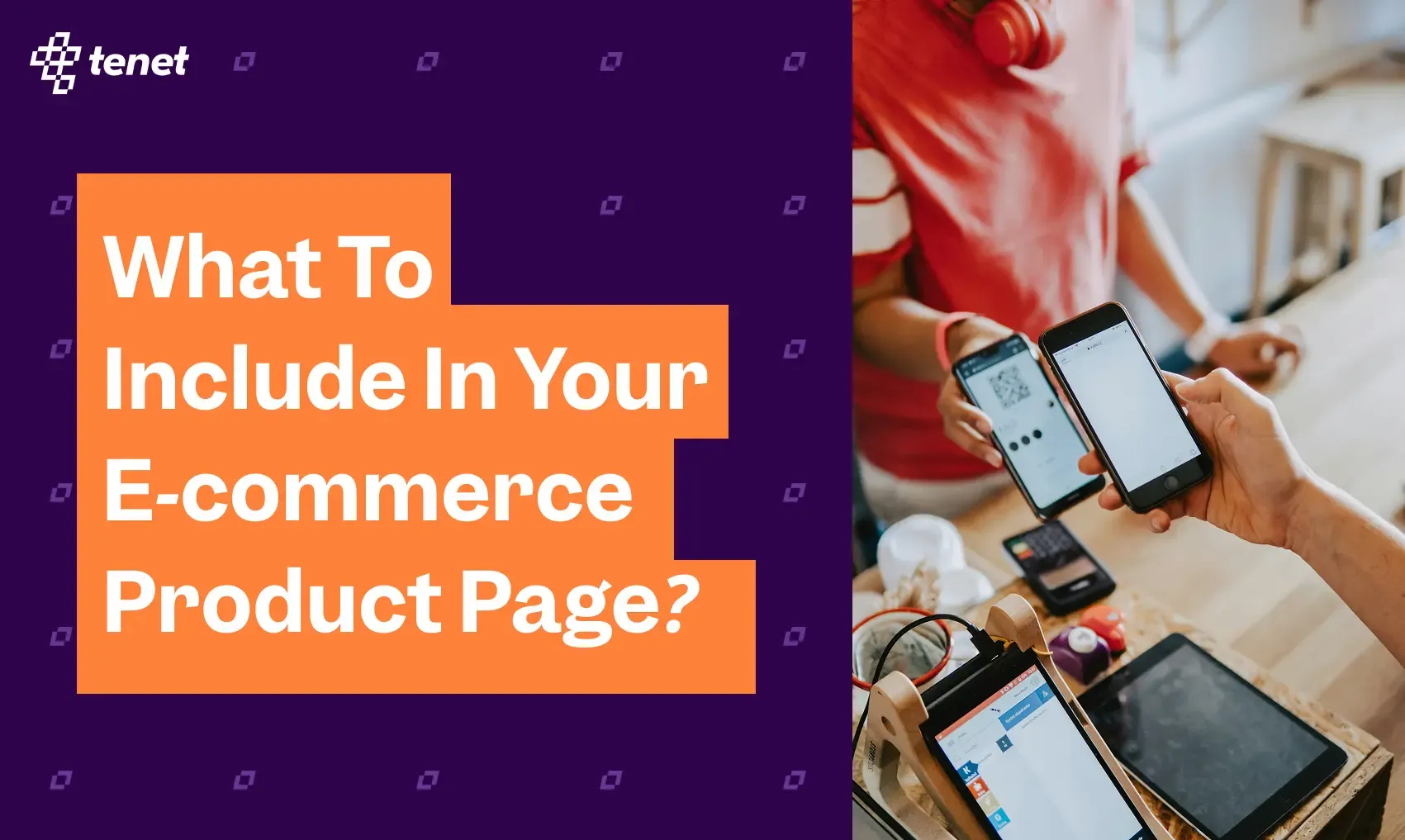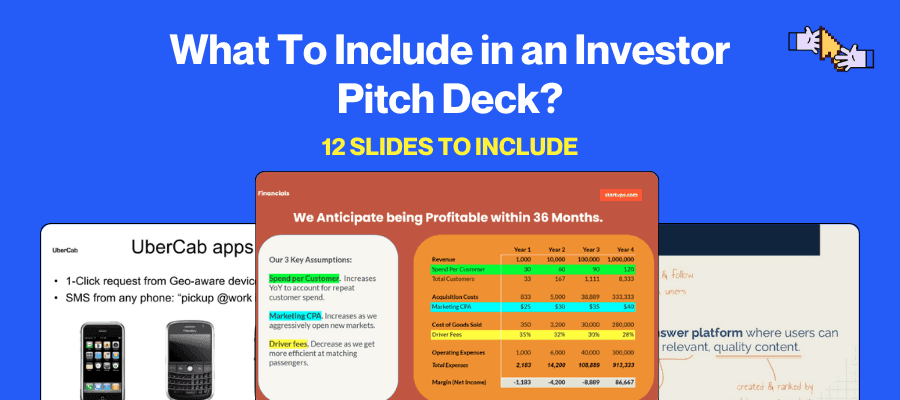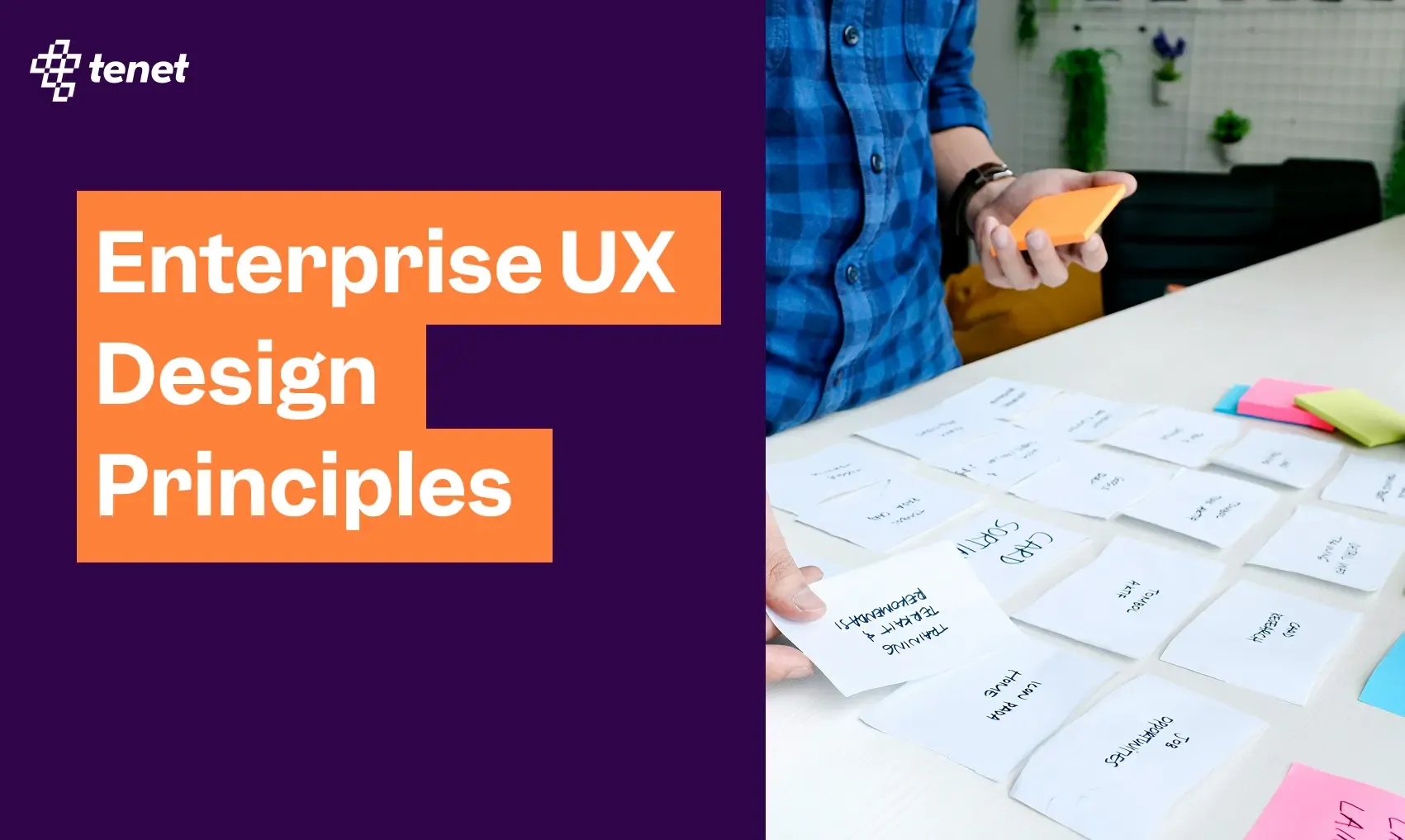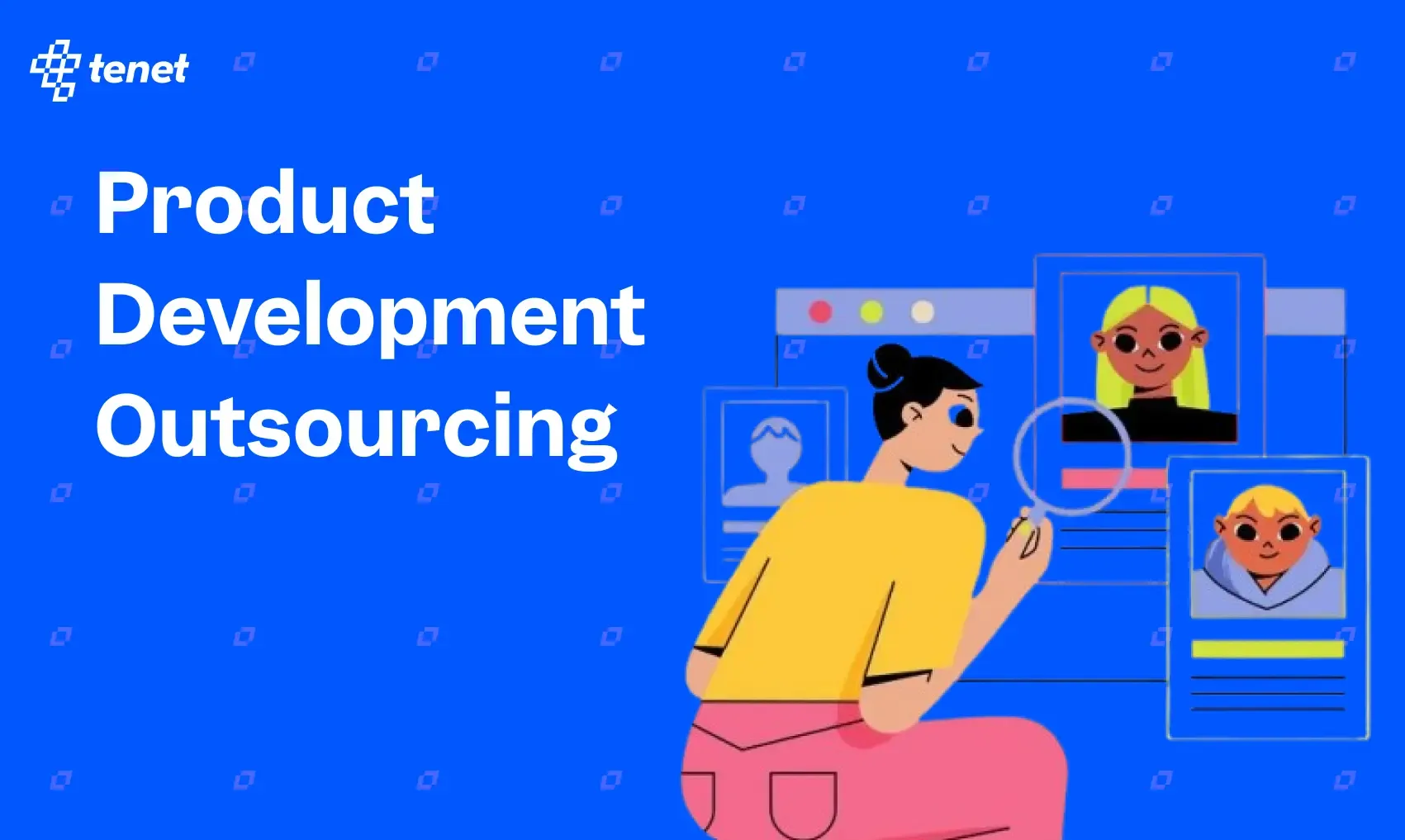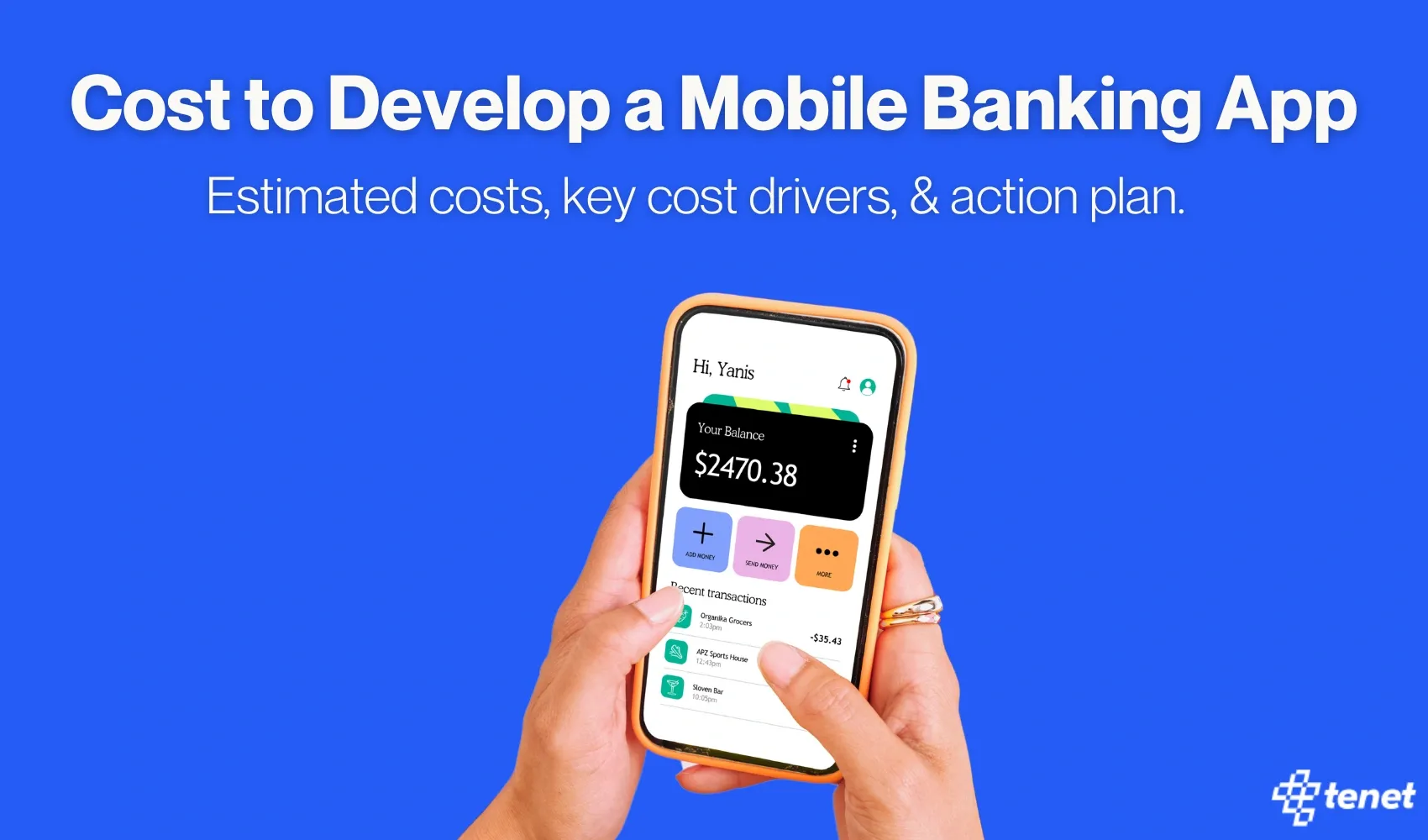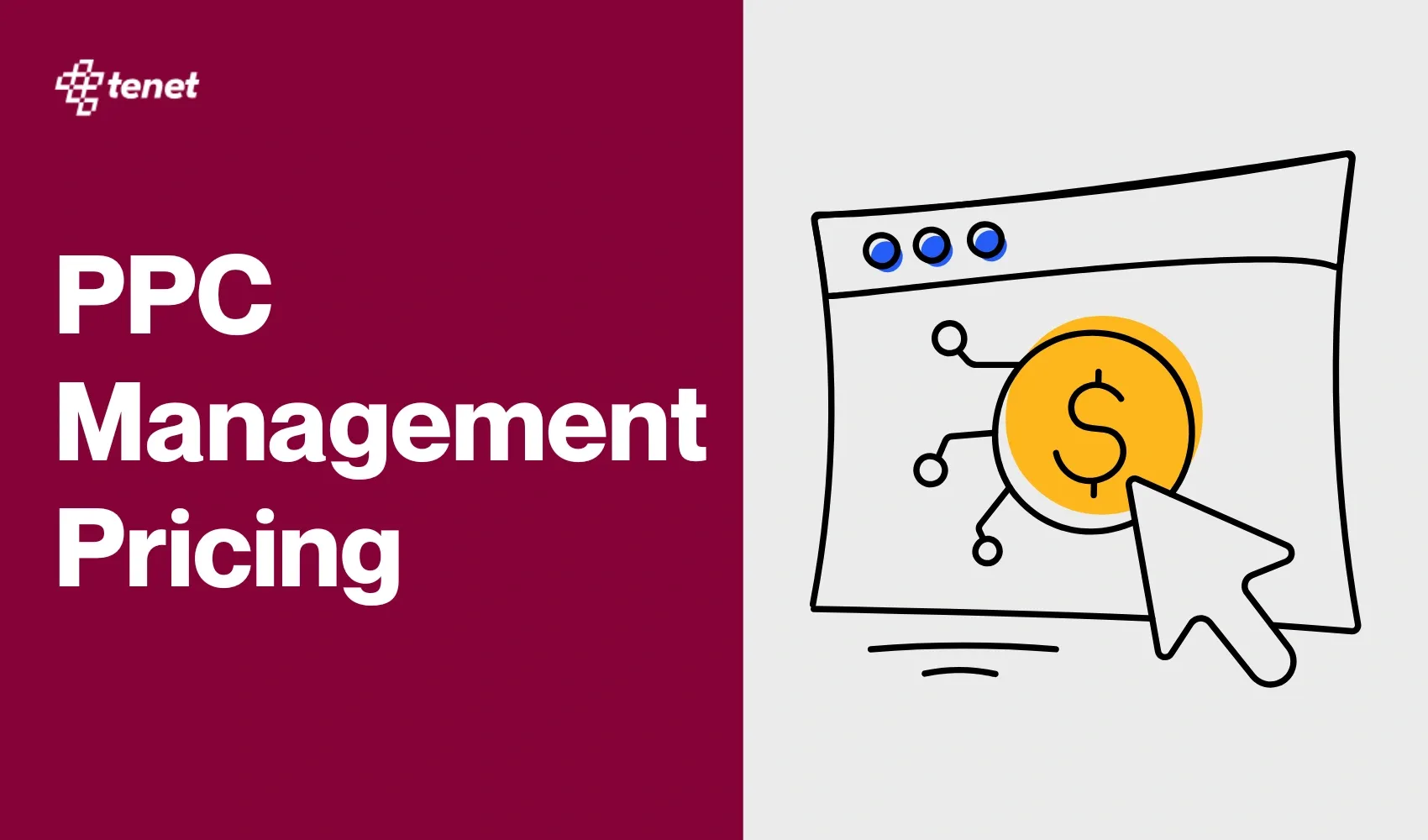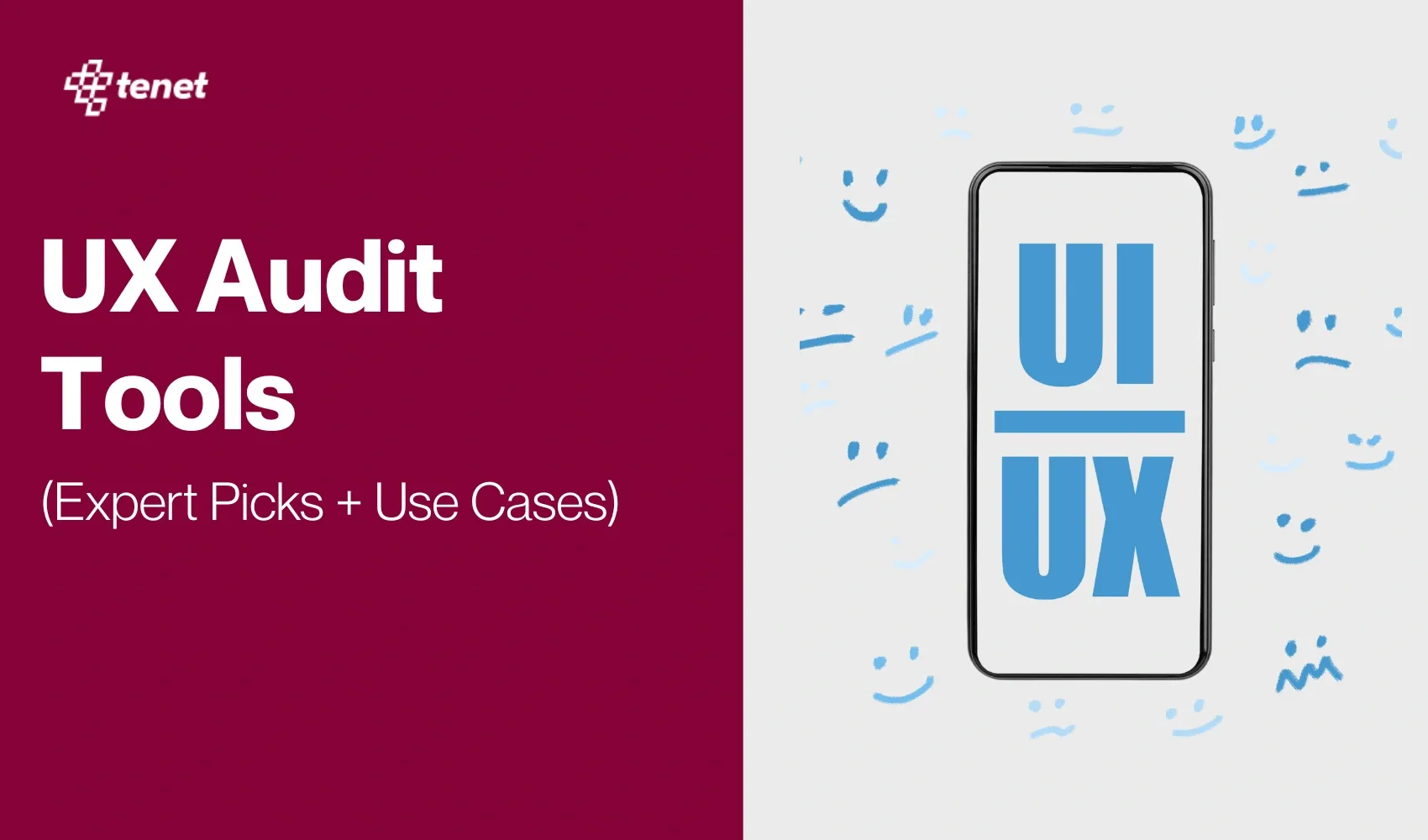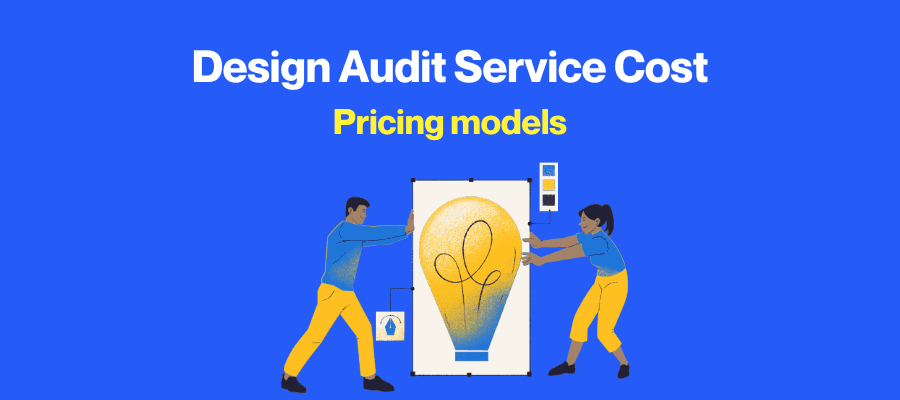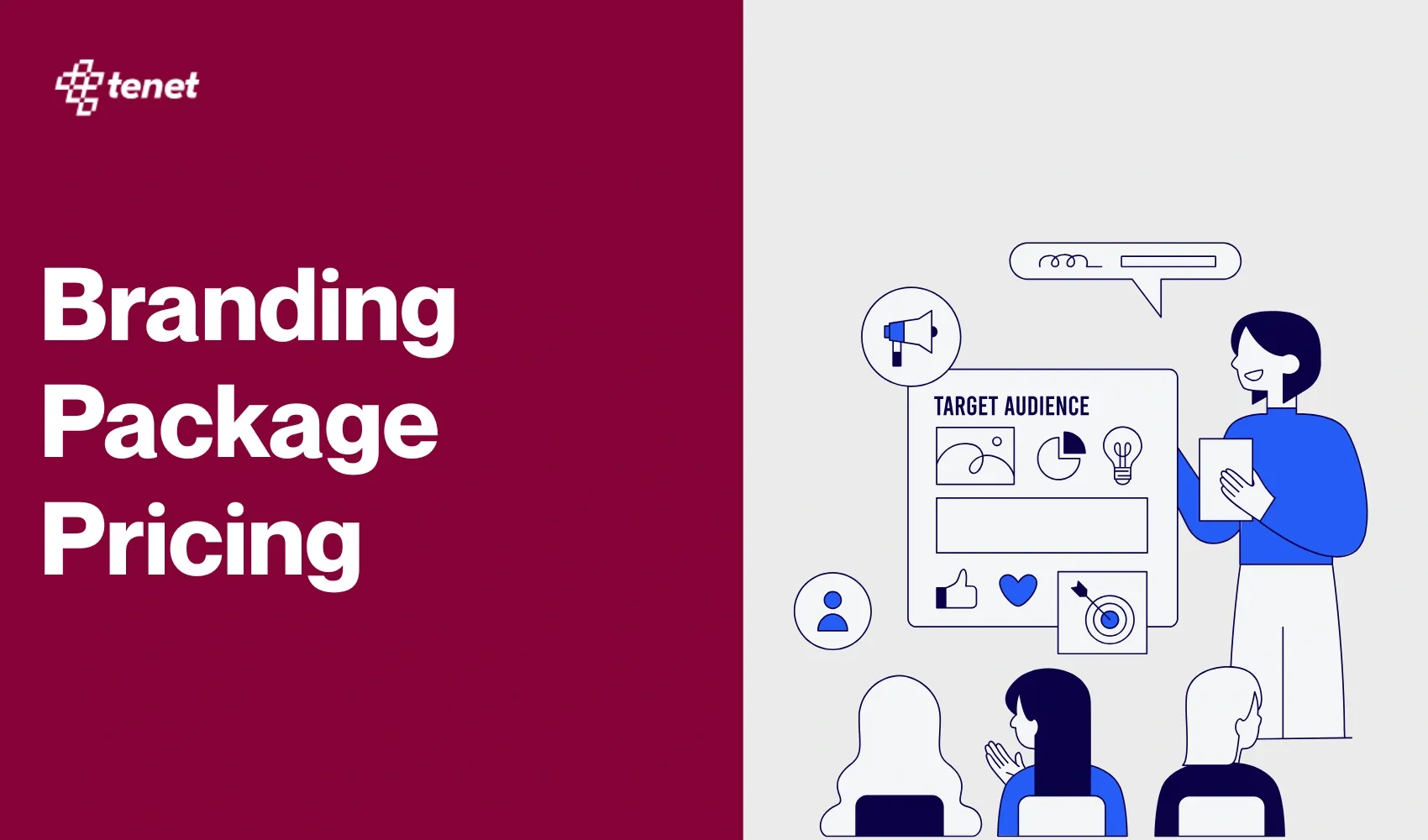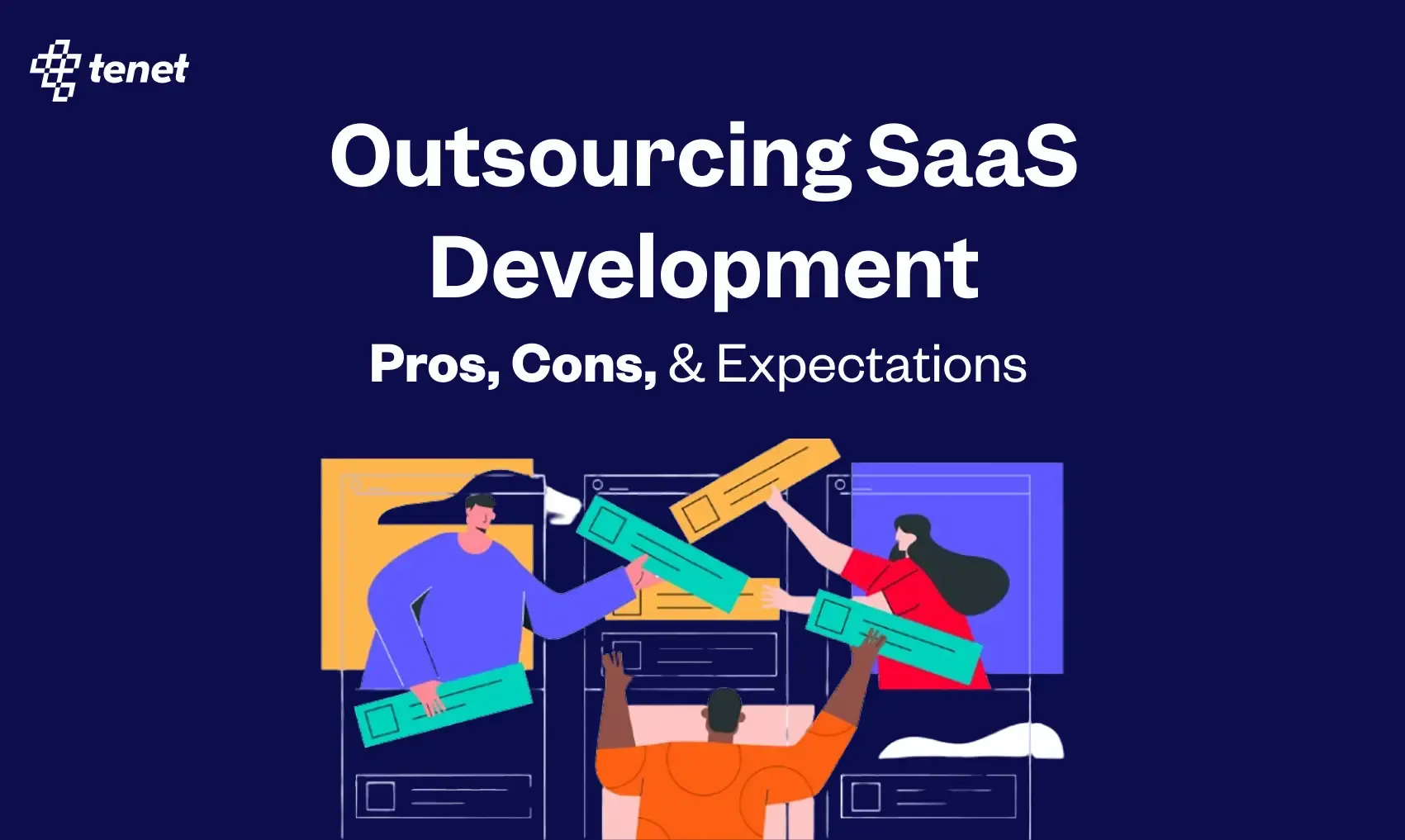How Much Does CRO Services Cost in 2026? CRO Pricing Guide
Share
Share

Many businesses spend heavily on marketing but still fail to convert website visitors into customers. The problem often lies in not optimizing the user journey or ignoring data-driven testing.
This leads to low ROI and wasted ad spend.
The good news is that conversion rate optimization (CRO) can fix this. CRO helps identify and remove friction points in your funnel so that more visitors take the desired action.
But before you start, it is important to understand how much CRO services cost in 2025 and what factors influence pricing.
In this guide, we explain CRO pricing in 2026 across different business types, from eCommerce and SaaS to enterprise platforms.
You will also learn about pricing models, cost factors, and how to choose the right CRO plan for your goals.
How much does conversion rate optimization cost?
Conversion rate optimization (CRO) services typically cost between $1,500 and $31,000 per month. The final cost depends on factors such as your platform type, website size, traffic volume, number of features, and testing requirements.
Below is a detailed breakdown of CRO pricing by business type:
E-commerce CRO Cost
For e-commerce websites, CRO pricing usually ranges from $2,000 to $5,000 per month. Ecommerce CRO service costs vary based on the number of products, traffic volume, and the complexity of your platform. Advanced features like dynamic pricing, product filtering, and personalized recommendations may increase the price. Regular A/B testing and checkout optimization also add to the total cost.
SaaS CRO Cost
For SaaS businesses, CRO services start at $3,000 per month and can go up to $30,000 per month. Pricing depends on your subscription model, user onboarding flow, feature complexity, and depth of funnel analysis. SaaS companies often invest more in user behavior tracking, data analytics, and retention-based experiments.
Lead Generation CRO Cost
For lead generation websites, CRO pricing ranges from $1,500 to $9,000 per month. The cost depends on the number of landing pages, form design, CRM integrations, and industry type (B2B or B2C). Lead-based businesses often require optimization for form submission flows, ad landing pages, and call-to-action elements.
Content or Media CRO Cost
For content or media platforms, CRO services typically cost between $1,800 and $7,000 per month. However, pricing depends on traffic volume, content engagement tracking, ad revenue goals, and user experience redesign scope. Sites with high readership or ad-supported models often invest more in layout testing and reader engagement analysis.
Enterprise CRO Cost
For enterprise platforms, CRO pricing starts from $8,000 per month and can reach up to $31,000 per month.
These projects involve large-scale audits, cross-department collaboration, complex data systems, and multiple digital touchpoints. The higher cost includes advanced analytics, premium tools, and detailed custom reporting.
EXPLORE OUR CRO SERVICES BY REGION
What factors affect the Conversion Rate Optimization pricing?
1. Number of pages
The more pages your platform has, the higher the cost of CRO service will be.
This is because, with each page, the effort that goes into CRO audits (to find gaps) followed by the optimizations, increases.
In our Google Analytics-based CRO audits, we analyze every element of every page on your website.
The copy, the design, the interactions, the images, the videos, everything.
Here are some screenshots from our audits, to depict our audit’s extensiveness:
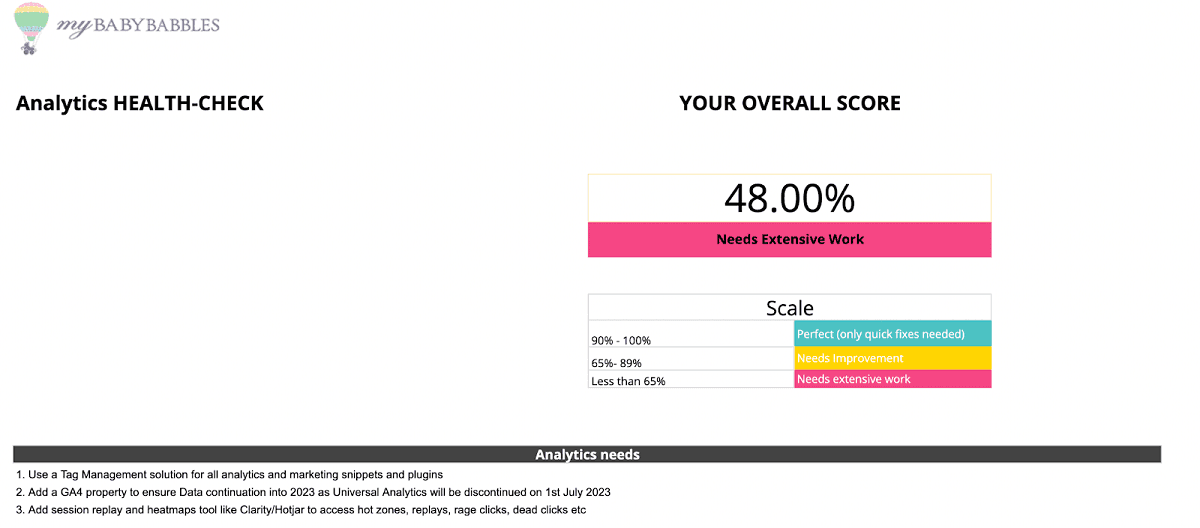
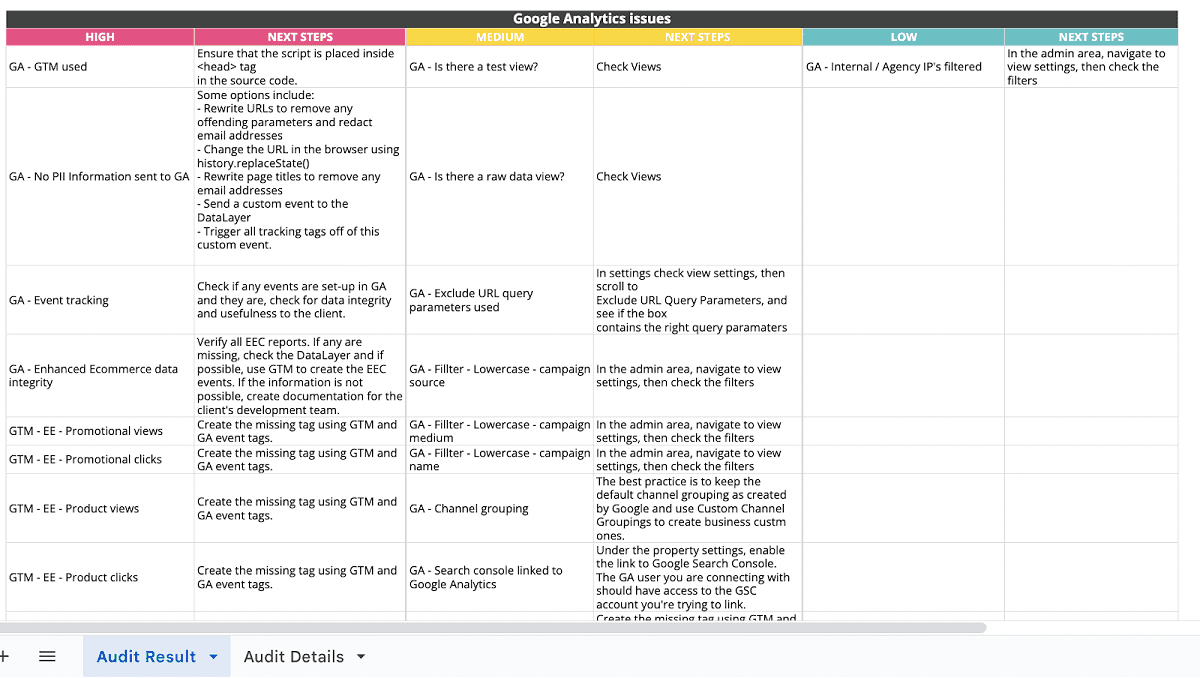
Here’s another screenshot showing CRO audit details:
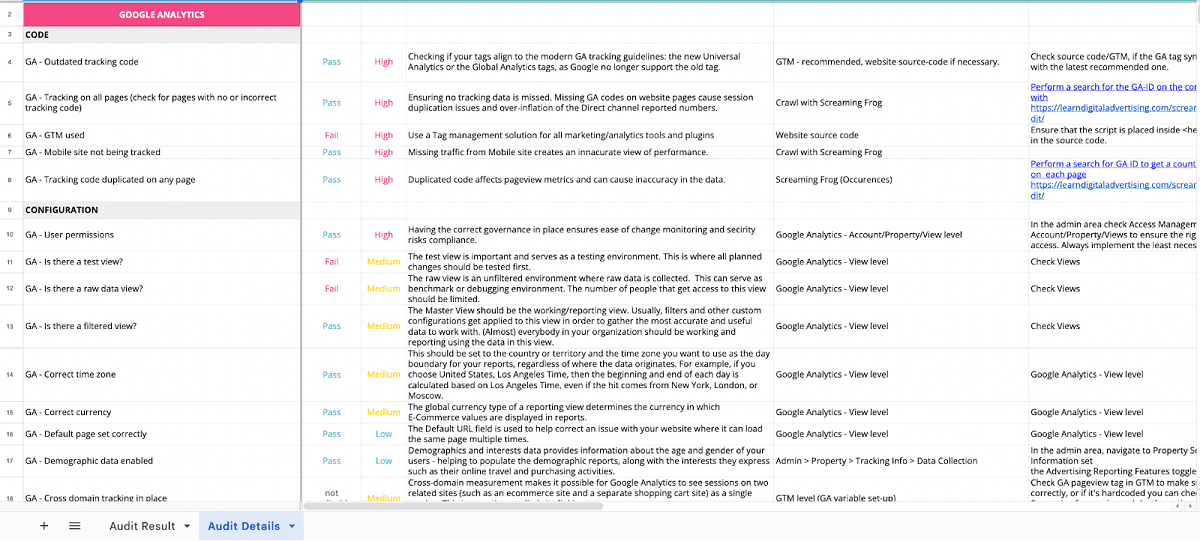
Post the audit, once all the gaps have been identified, we implement the optimization strategies.
In that, again, more pages mean more rewriting or tweaking of the existing copy, design, images and interactions.
It would also mean a higher number of A/B tests to test all the optimizations implemented.
Due to this increased effort for each additional page, the CRO price increases with an increase in the number of pages on your platform.
However, platforms such as Shopify, Squarespace, or Wix offer user-friendly interfaces and pre-built no-code templates, making it easier to set up and implement fixes (e.g., adding CTAs or modifying forms) since minimal software development is required.
But custom-built CMSs, legacy systems, or platforms like Magento and Drupal often require extensive developer involvement for even minor changes.
💡 Learn more about CRO audit services and their pricing.
2. Number of features
As the number of features goes up, the price of the CRO also shoots up.
We audit each feature on your platform in our CRO audits.
We analyze a feature for its design, user experience and its functional use cases.
And then post analyses, once all the gaps have been identified, developers and designers work on the fixes and A/B testing for each ‘faulty’ feature.
So the math is simple, with an increase in the number of features, the required effort in the CRO process increases, which justifies a higher price.
3. Complexity of the features
Optimizing complex features requires deeper expertise and a higher level of effort.
Complex features are usually intertwined with other features. They are non-linear. They have a higher number of test cases than basic features.
Identifying and understanding all the test cases of a complex feature and then analyzing every test case takes deeper expertise and much more effort than for a basic feature.
Post-analysis, optimization strategies need to be developed and implemented for each ‘faulty’ element of each test case. This would require a higher number of A/B tests and greater development effort, than for a normal feature.
Hence with the increase in feature complexity, CRO price increases.
Below are some examples of what features are basic and what can be considered as advanced:
Ecommerce: Basic E-commerce features: product listings, shopping cart, keyword-based search
Advanced E-commerce features: dynamic search and filters, personalized recommendations, dynamic pricing, loyalty programs
SaaS: Basic SaaS Features: Static Dashboards, Simple Sign Up and Login, simple subscription models
Advanced SaaS Features: Customizable Dashboards, Non-linear onboarding flows, role-based access control, multi-tenant support, complex subscription models
Content/Media platform: Basic Content Website Features: Static Ads, Social Media Sharing, Keyword-based search
Advanced Content Website Features: Interactive Content, Dynamic Ad Optimization, Personalized Content Recommendation
4. Traffic Volume
CRO for a high-traffic volume website is usually more expensive than for a low-traffic website due to the following reasons:
5. Expensive Tools
In low-traffic websites, the focus is more on gathering qualitative insights by doing user recordings or surveys, due to the lack of substantial data.
So you can work with free or basic tools such as Google Analytics, Hotjar, or Crazy Egg.
Whereas, for high-traffic websites, you need enterprise-level premium platforms such as Optimizely, VWO, or Adobe Target for collecting and analyzing user data.
Licensing costs for these analytics tools increase with the increase in traffic volume.
6. High Expertise
Collecting and analyzing high volumes of data require advanced data management and analytics skills (eg). So this requires us to put more expensive resources into high-volume website projects than into low-volume website projects.
7. Impact on the Bottom Line
A small increase in conversion rate can lead to significant revenue gains for high-traffic volume websites. So agencies usually charge higher for such websites, based on the impact on revenue that they are going to have.
8. Multichannel Support
If your platform is supported for multiple channels such as mobiles, desktops and tablets, the complexity and the effort that goes in the CRO process increases.
Every feature and page needs to be analyzed and optimized for all the channels.
Consistency in design, messaging, and functionality needs to be maintained across all the channels.
For example, For your ecommerce platform, the cart experience on the mobile app should match that of the desktop website.
To handle such cases, you would need advanced tools to consolidate and analyze the user data across all channels, Google Analytics (website), Firebase (mobile app), and email marketing platforms. Some examples of such tools: Amplitude, Segment, and Adobe Experience Cloud
Hence, with an increase in the number of supported channels, CRO price goes up.
9. Compliance with Data Regulations
Non-compliance with data regulations can lead to restrictions on data collection practices, such as bans on the use of cookies, tracking scripts, or third-party analytics tools.
Without user engagement data, forget analyzing anything about your website. In addition, A/B testing also relies heavily on user data to track behaviour and conversions.
So it’s important that the website is data regulations-compliant.
If your website does not comply with the regulations, then building custom systems to handle sensitive user data may require additional development effort.
If your platform handles data privacy and compliance (e.g., GDPR, CCPA), it saves that extra effort.
Hence, non-compliance with data regulations would lead to higher CRO pricing.
CRO ROI Estimator: See how much more you could be earning
Use this free CRO ROI calculator to find out what better conversions could mean for your bottom line.
Conversion Rate Optimization cost and pricing models
📦 1. Project-Based Pricing (Fixed Cost)
You pay a fixed fee for a clearly defined project— like improving checkout flow or reducing bounce rate.
Best for: Short-term goals, specific deliverables, and set budgets.
How it works:
- Scope, goals, and timeline are defined up front
- Agency audits, tests, implements, and delivers
- Payment is based on milestones or completion
Pros: Predictable costs, clear expectations, faster execution
Cons: Less flexibility, risk of scope creep
Typical rate:
- Landing page optimization: $5,000–$21,500/month
- Full website CRO audit: $2,800–$85,000
⏱ 2. Hourly Pricing
You pay per hour for CRO work—ideal for small tasks or when your scope is evolving.
Best for: Startups or teams needing flexible or ad-hoc help.
How it works:
- Freelancer or agency logs hours using tools
- Clients pay for exact time spent
Pros: High flexibility, pay-as-you-go model, quick tasks
Cons: Harder to predict cost, risk of inefficiency
Typical rate: $50 to $300/hour (based on expertise)
📈 3. Value-Based Pricing
You pay based on the results delivered—like a share of extra revenue from improved conversion rates.
Best for: Businesses focused on ROI and growth.
How it works:
- Agency calculates potential revenue gain
- Pricing is a percentage of that gain or a fixed value
Pros: ROI-focused, shared incentives, scalable pricing
Cons: High fees if performance spikes, harder to measure exact impact
Typical rate:
- 10–30% of additional revenue
- $2,000–$10,000/month fixed
- Hybrid: base fee + % of growth
📌 What You Can Do Now:
- Decide if your CRO need is project-based, ongoing, or performance-tied
- Define a specific goal (e.g., reduce bounce rate on pricing page by 20%)
- Note your available budget range (e.g., under $5K/month or more)
- Assess your in-house capability—can you manage hourly support, or need full-service?
- Prioritize quick wins: Pick 1 page or flow you know needs improvement
Why Global Brands choose Tenet for CRO services
Global brands choose and stay with Tenet once they have tasted the ‘blood’.
We have served 44+ brands across 7+ countries with CRO services, increasing their revenue with the same marketing spend. We have a client satisfaction rate of 98% and repeat client rate of over 45%.
In our circles, we are notorious for one thing - we do not compromise with quality, doesn’t matter how many iterations it takes. :)
Check out what DoorDash, a listed multi-billion dollar company, has to say about our services:
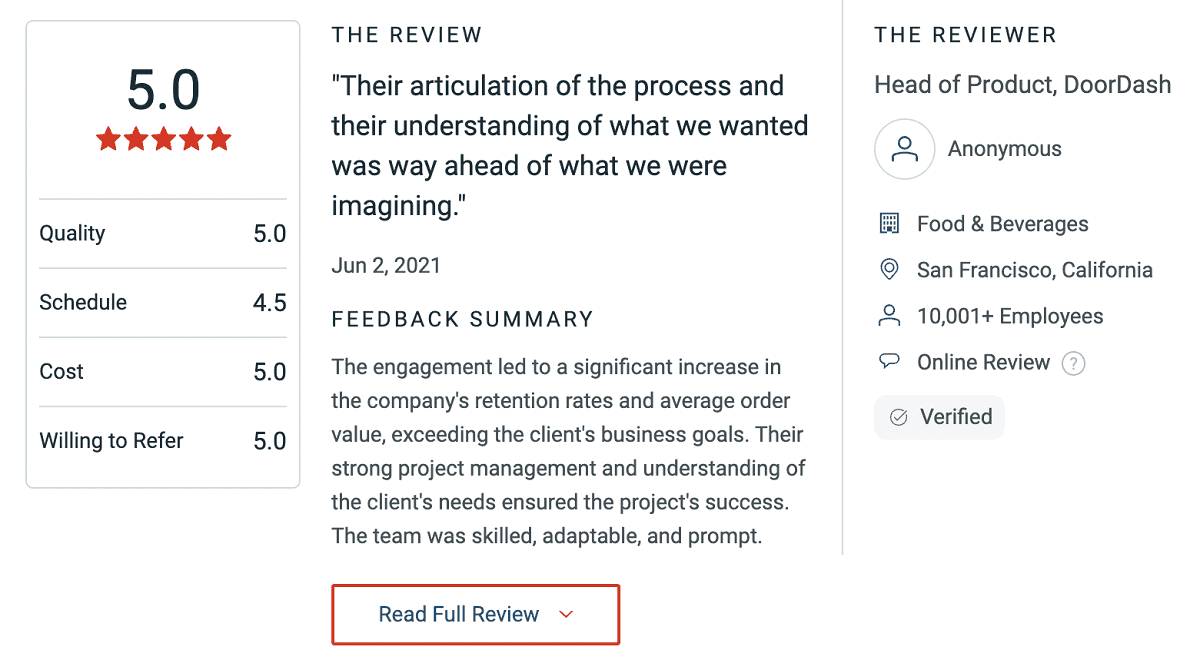
Get started with an end-to-end website audit by us. It will reveal all the ‘gaps’ in your website!
Frequently asked questions
What is conversion rate optimization?
CRO is the process of improving your website or product experience to turn more visitors into customers. We study how users interact with your site, identify what's stopping them from converting, and then fix those gaps. This includes UI/UX updates, better messaging, and new feature tweaks—tested through A/B experiments to keep only what works.
Why do you need CRO?
If you are getting a lot of website visitors but very few of them are converting, then there might be some issues with your website. Through CRO, you get to know about those issues. In our CRO exercise, we analyze every element of your website in terms of its impact on user conversion.
We identify the gaps and ‘fill’ them so that you are able to milk the maximum number of visitors on your website.
👉 Hire our CRO services and increase the traffic-to-sales conversion rate.
How often do you need CRO audit services?
We recommend doing a full audit every six months.
A 6-month timeline is effective because:
- Many eCommerce businesses operate on seasonal patterns, such as holiday sales, making mid-year and year-end audits ideal for preparation.
- 6-monthly audits also ensure your site keeps pace with technological updates ( substantial technological advancements happen in 6 months).
- A 6-month interval provides ample time to analyze data, fine-tune strategies, and assess ROI from the previous audit.
Is conversion rate optimization worth it?
Yes, it is worth it if you have website visitors who are not converting. Consider this:
If your website receives 50,000 visitors monthly and makes 500 sales, your conversion rate is 1%.
Let’s say we increase your conversion rate to 2% with CRO. This would mean you will be making 1000 sales per month, with the same traffic.
A shift from 1% to 2% doubles your sales, and this much increase is not rare, post our CRO exercise.
How to start with CRO?
If you are thinking about doing a CRO for your website or you just want to know more about it, you can reach out to us on our website here. At Tenet, we provide free consultation. If you opt for our CRO service, we will start with a website audit, identifying all the issues. Then, we will work on fixing those gaps.
Book a call with our CRO experts
Book a call with our CRO experts

Got an idea on your mind?
We’d love to hear about your brand, your visions, current challenges, even if you’re not sure what your next step is.
Let’s talk
